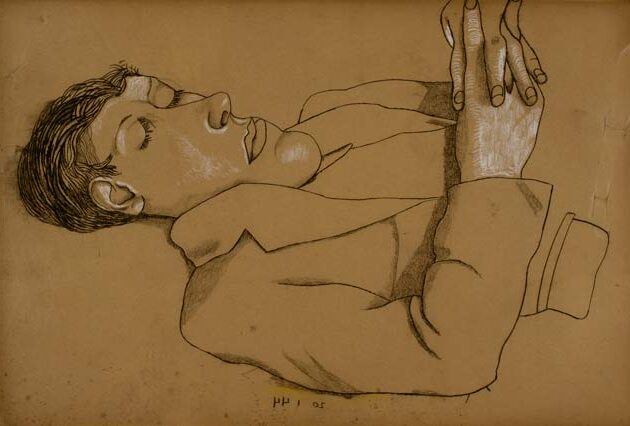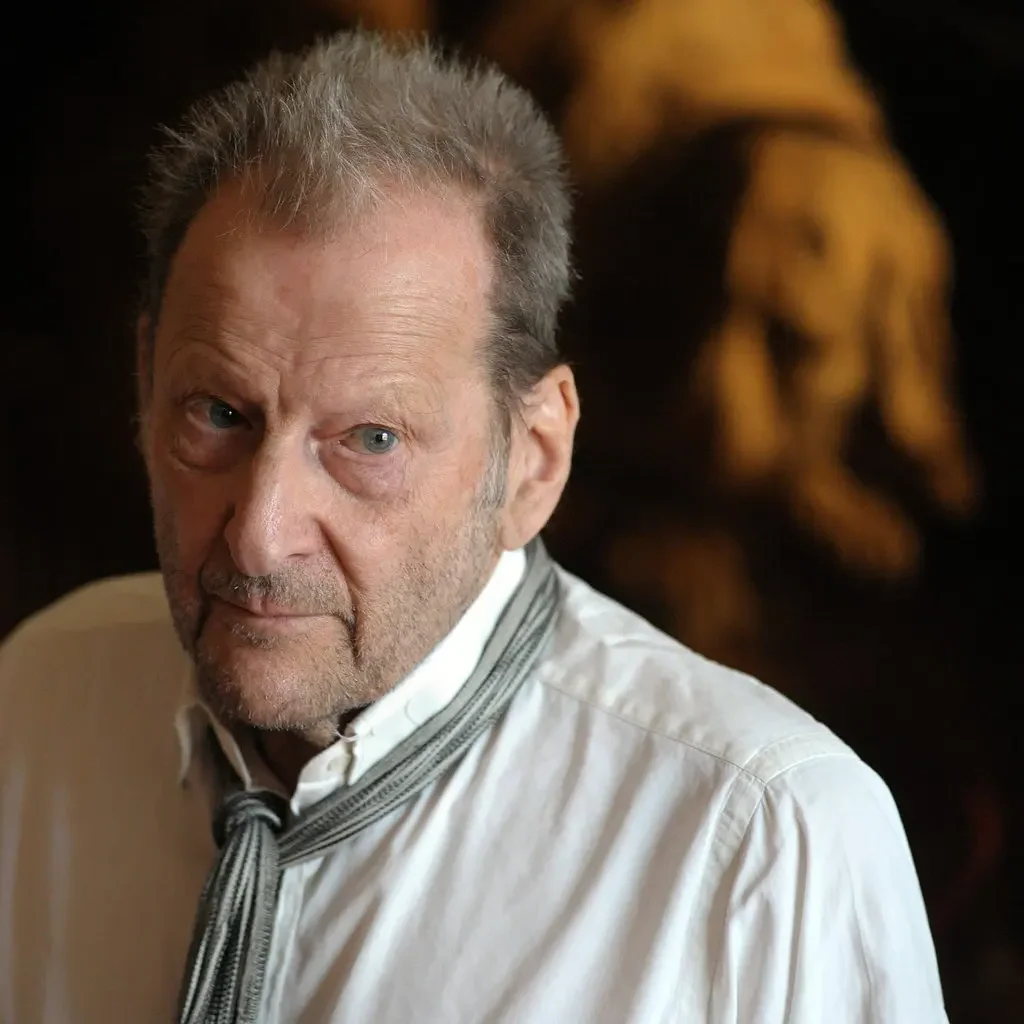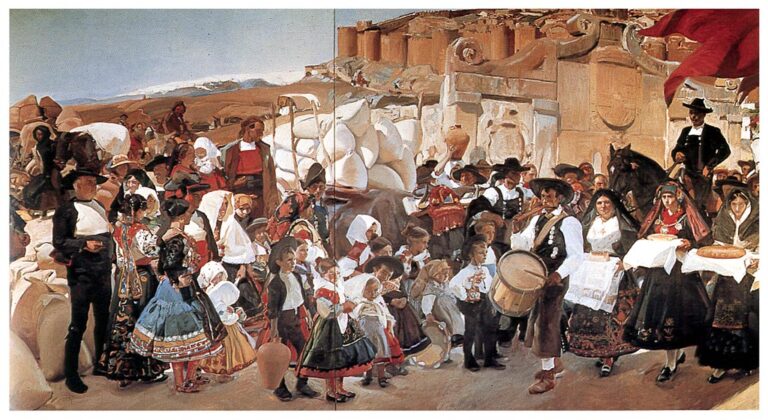Lucian Freud Paintings: A Deep Dive into His Iconic Works
Born: 8 December 1922, Prussia, Germany
Death: 20 July 2011, London, England
Art Movement: Expressionism
Nationality: British
Influenced By: Francis Bacon and Sigmund Freud (His Grandfather)
Institution: Central School of Art and East Anglian School of Painting and Drawing
Lucian Freud Paintings: A Deep Dive into His Iconic Works
Lucian Freud’s Life and Background
Lucian Freud was a significant figure in the art world. He was known for his unique style and compelling portraits. His life and career were shaped by his experiences and connections, from his early years to his many accolades.
Early Years and Education
Lucian Freud was born in Berlin on December 8, 1922. He was the son of architect Ernst L. Freud and the grandson of famous psychoanalyst Sigmund Freud. Freud’s family fled to London in 1933, escaping the rise of Hitler in Germany. This move marked the beginning of his lifelong connection to England.
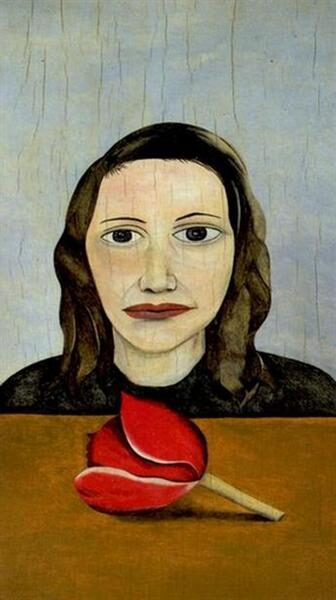
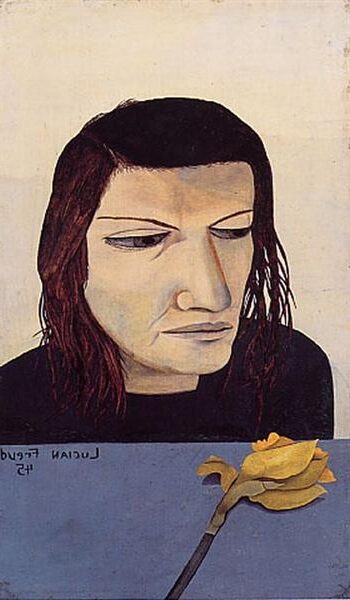
He attended the East Anglian School of Painting and Drawing where he learned under Cedric Morris. This educational experience was crucial for his development as a painter. Later, he attended the Central School of Art, further refining his skills. These institutions played a significant role in molding Freud into the artist he became.
Influential Relationships and Collaborations
Freud was part of the School of London, a group of artists that shared a common interest in figurative painting. His relationships with painters like Francis Bacon had a profound effect on his work. These collaborations and friendships allowed him to develop his own distinctive style, known for its psychological depth and meticulous detail.
His connection with his grandfather, Sigmund Freud, though indirect, also subtly influenced his work. Lucian’s exploration of the human psyche in his portraits can be traced back to the impact of his grandfather’s pioneering work in psychoanalysis. This personal history enriched Freud’s perspective and added layers of meaning to his paintings.
Awards and Honors
Throughout his career, Lucian Freud received numerous awards and honors. He became a Companion of Honour in 1983 and received the Order of Merit in 1993. These prestigious commendations recognized his contributions to British art and his impact on the international art scene.
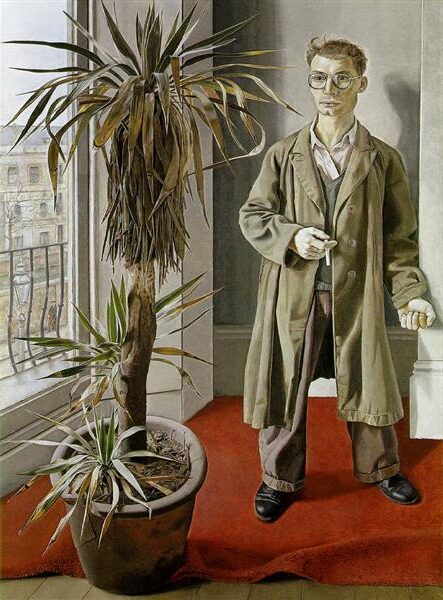

Freud’s paintings were celebrated for their detail and intensity, earning him exhibitions around the world. These accolades were a testament to his skills and his prominence in the art world. The recognition solidified his place as one of the leading portraitists of the 20th century.
Artistic Style and Techniques
Lucian Freud, celebrated for his distinctive style, focused on the human form with unmatched precision. His works are renowned for their psychological depth and technical mastery, as he explored topics through portraits, landscapes, and his unique use of color and texture.
Portraiture and Psychological Depth
Freud’s portraits are a testament to his skill in capturing the essence of his subjects. Known for a realist approach, he sought to depict the raw truth of those he painted. His works on figures like Queen Elizabeth II and his self-portraits reveal intense psychological penetration. Unlike many artists, Freud concentrated on minutiae, illustrating each wrinkle and texture with precision.

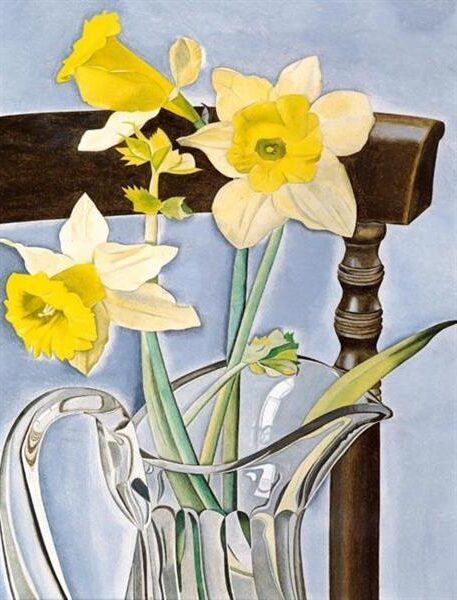
He often used thick impasto strokes, providing a tactile quality to his paintings. Freud’s influence from Francis Bacon and expressionism is evident in his art, which provokes reflection and sometimes disquietude. By emphasizing every flaw and feature, Freud conveyed both the physical and psychological realities of his sitters.
Landscapes and Urban Scenes
Though renowned for his portraits, Freud’s landscapes and interiors also reveal his artistic skill. These scenes, often described as unsettling interiors, reflect his keen observation and attention to detail. He approached cityscapes and nudes with the same realist discipline as his portraits.
The urban scenes show a tension between light and shadow, a nod to his roots in surrealism, yet rooted in reality. Landscapes are sparsely populated, offering a stark contrast to the intimate human subjects. Freud’s work with urban scenes hones in on the quiet solitude of city life, hinting at stories untold within each frame.
Use of Color and Textural Impasto
Lucian Freud’s use of color was deliberate and powerful. His technique of thickly impastoed layers, building texture, gave his paintings a sculptural feel. Freud’s attention to natural tones showed his dedication to realism. The colors he chose added depth and complexity to his portraits.

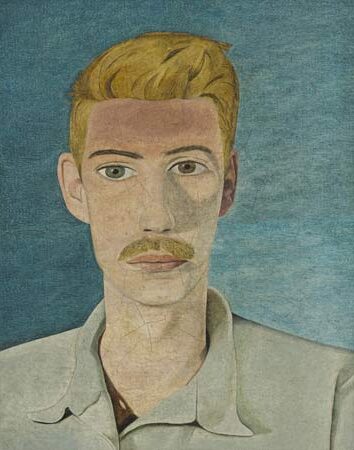
Freud often employed muted palettes, with skin tones shifting subtly to emphasize underlying emotions and moods. This interest in tactile surfaces links him to contemporaries like Alberto Giacometti. Freud’s signature style created an immersive viewing experience, reinforcing the sense that one was not just viewing a painting, but glimpsing into the lives of his subjects.
Notable Works and Exhibitions
Lucian Freud, a leading figure in 20th-century British art, is renowned for his intense and intimate portraits. His work captures the essence of the human figure, drawing attention to detail and emotion. Key exhibitions have celebrated his lasting influence on art history.
Prominent Portraits and Sitters
Freud’s portraits are marked by their powerful emotional depth. Sue Tilley, famously depicted in Benefits Supervisor Sleeping and Benefits Supervisor Resting, is among his most well-known subjects. Other notable portraits include Girl with a White Dog, showcasing his then-wife, Kitty Garman.

Benefits Supervisor Sleeping (1995) by Lucian Freud
Freud’s oil on canvas technique emphasizes texture, reminiscent of Vincent van Gogh. His artwork is recognized for exploring human form intricacies, placing him alongside legendary figurative painters like Egon Schiele.
Major Retrospectives and Collections
Freud’s exhibitions have been displayed in world-renowned galleries, such as the Metropolitan Museum of Art and National Gallery. Retrospectives at these venues highlight the breadth of his work and its impact.
Special collections, like those at the Hirshhorn and the Museum of Modern Art, feature a diverse range of his pieces. These exhibitions examined the influence of artists such as Pablo Picasso and Edvard Munch, shedding light on Freud’s creative evolution through the years.
Legacy and Influence on Modern Art
Lucian Freud’s impact on modern art is significant, particularly in the realms of British and global art. His unique approach to figurative painting has inspired numerous artists around the world. By emphasizing realism and the complexities of the human form, Freud left a lasting mark on the art world.

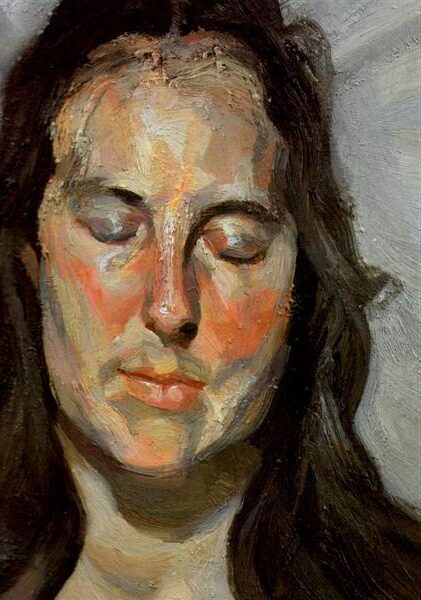
Impact on British and Global Art Scenes
Lucian Freud played a crucial role in revitalizing British art, particularly through the School of London. This group included painters like Francis Bacon and Frank Auerbach. Freud’s commitment to figurative art went against the prevalent abstract trends of his time.
His works are often seen as autobiographical, exploring deeply personal themes. This introspective quality, combined with meticulous attention to detail, brought a fresh perspective to realism in painting. His influence extended beyond Britain, reshaping perceptions within the larger global art scene.
Contemporary Artists and Freud’s Influence
Freud’s influence on contemporary artists is profound. Many artists today cite Freud as a major influence in their work, particularly in the domain of figurative art. His teachings at the East Anglian School of Painting and Drawing and the Slade School of Art left a mark on his students.
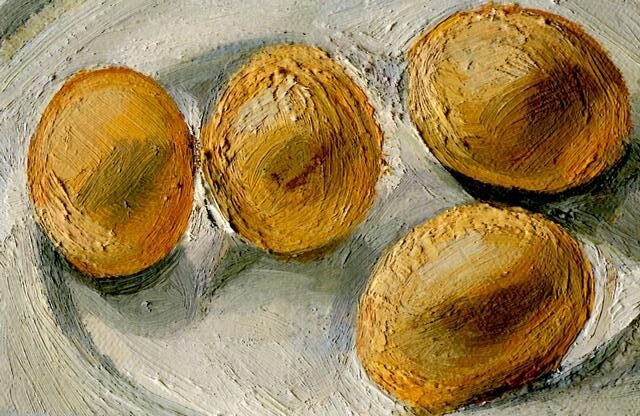
Four Eggs on a Plate (2002) by Lucian Freud
Artists continue to draw inspiration from his raw, unflinching portrayals of the human body. His works challenge traditional notions of beauty and emphasize candid, unguarded representations, encouraging artists to tackle themes of identity and vulnerability in their own work.
Frequently Asked Questions
Lucian Freud is known for his detailed and intense portraits that capture the human figure. Here are some key questions about his work, focusing on his achievements, where to find his paintings, and aspects of his style.
What is considered Lucian Freud’s most expensive painting to date?
Lucian Freud’s painting “Benefits Supervisor Sleeping” sold for $33.6 million in 2008 at Christie’s in New York. This set a world record for the most expensive painting by a living artist at that time.
Where can one find Lucian Freud paintings available for purchase?
Lucian Freud’s paintings are often available through major auction houses like Christie’s and Sotheby’s. Some galleries specializing in modern and contemporary art might occasionally have his work for sale as well.
Which of Lucian Freud’s works features his daughter as the subject?
Lucian Freud’s painting “Bella Freud” features his daughter, Bella. He often included family members and friends in his work, giving his portraits a personal and intimate feel.
What are some defining characteristics of Lucian Freud’s self-portraits?
Lucian Freud’s self-portraits are marked by a raw and honest depiction of himself, showing a deep introspection. They often feature bold brushwork and a muted color palette, emphasizing texture and emotion.
How is Lucian Freud connected to the famous psychoanalyst Sigmund Freud?
Lucian Freud was the grandson of Sigmund Freud, the renowned psychoanalyst. This connection is often noted in discussions of his life and work, although Lucian was primarily known for his contributions to art rather than psychology.
What stylistic elements make Lucian Freud’s artwork distinctive and celebrated?
Lucian Freud’s artwork is celebrated for its hyper-realistic style and thick impasto brushwork. He focused on capturing the physical and emotional essence of his subjects. Often, he used a muted color palette to enhance the tactile quality of his paintings.

